It’s hard to believe that it has been five years since the launch of Center for Autism and the Developing Brain, a comprehensive diagnostic, treatment and research clinic for individuals with autism of all ages and their families. CADB, as we call it, was created by NEXT for AUTISM in partnership with NewYork-Presbyterian Hospital and its affiliated medical schools at Weill Cornell and Columbia University.
At the time of its launch, CADB was among the first of its kind to offer families a coordinated, diagnostic approach and treatment roadmap. It was an answer to the confusion of gathering disparate, sometimes contradicting, specialists to find answers. As Christine Lai, a parent and NEXT for AUTISM board member explains: “We had been on a path with our son, but all of a sudden that path disappeared. We couldn’t see how to help him. CADB was our GPS. The team at CADB saw him and his issues so clearly and prescribed a way forward. ”
COMPREHENSIVE CLINICAL MODEL
Comprehensive assessment and immediate care by a team of psychologists, speech and occupational therapists, and physicians are among CADB’s design triumphs. Patients receive detailed assessments of their strengths and capacities. In many cases, families will seek short term services from CADB to address immediate needs before transitioning to their home communities, where local services will have been identified with guidance from the CADB staff.
Dr. Catherine Lord, CADB’s founding director and an international autism expert, is especially proud of CADB’s Early Intervention Program. In a departure from standard practices in New York, where children receive hourly therapies at home (frequently from many different providers and agencies), CADB centralized these treatments. It instead offers individualized services in small groups at a 1:1 teacher-student ratio. Dr. Lord credits Dr. Jamie Winter for the quality achieved in the program, as well as efforts to codify its practices.
“High-quality care in a group setting is important. It keeps children with ASD from being isolated and helps with socialization,” she explained. The program also draws parents to CADB, where they can receive counseling, learn about future options and planning, and join a community of other parents who are also finding their way. “This is our model. We treat the whole family.” Dr. Lord said.
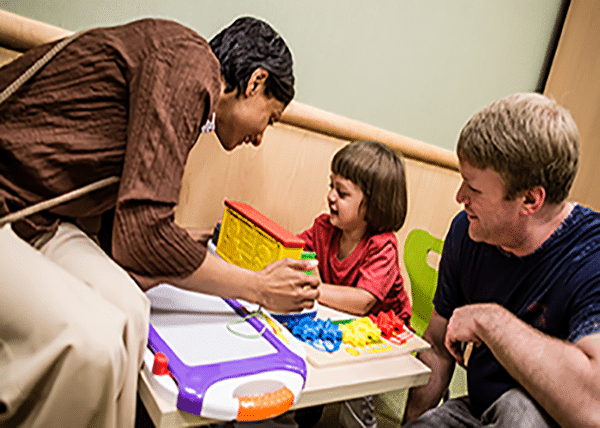
CREATIVE PARTNERSHIP – INCLUSIVE PAYMENT MODEL
An equally notable accomplishment is CADB’s inclusive payment model. As part of NewYork-Presbyterian Hospital, the center accepts insurance when other autism service providers will not. “This is an innovative and very unusual model for New York,” explained Dr. Lord. “The partnership that NEXT for AUTISM forged with NewYork-Presbyterian to create CADB has enabled us to leverage the hospital’s bargaining power with insurance providers.”
“I cannot emphasize how important this was for all of us,” added Laura Slatkin, NEXT for AUTISM Co-Founder and Board President. “To be able to provide world-class, individualized services at a reasonable cost to all families, including the underserved, was a must when we created CADB.”
The relationship has also expanded opportunities for the hospital. As a disorder, ASD spans multiple disciplines, thereby allowing CADB to offer greater chances for research advancement and learning to academics, practitioners, and students from the hospital’s affiliate medical schools at Weill Cornell and Columbia University.
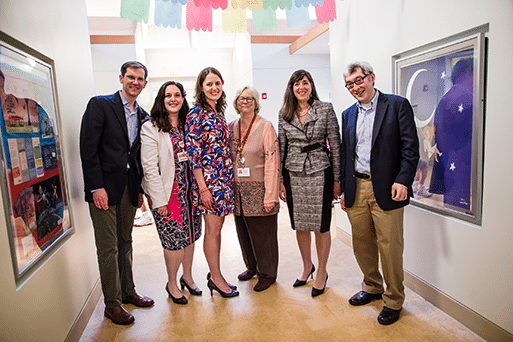
CUTTING-EDGE RESEARCH
Among the notable research projects that CADB has undertaken, Dr. Lord has developed an assessment method with a faculty member at Weill Cornell and Columbia University trainees. The method is spreading internationally and has the potential, according to Dr. Lord, to change the autism field. The Brief Observation of Social Communication Change or BOSCC Assessment utilizes video to measure progress in social skills made by patients during treatment. Often using the state-of-the-art video observation rooms built by NEXT for AUTISM and our partners, researchers record short interactions between children and therapists or caregivers, and are able to score them with surprising accuracy.
LOOKING TO THE FUTURE
“We’re enormously proud of CADB’s accomplishments,” said Ilene Lainer, NEXT for AUTISM’s President and Co-Founder. The center is not only exemplary for its clinical work, but also an important hub for families and the autism community. True to its mission of serving people of all ages, CADB has also been home to model employment training programs created by the NEXT for AUTISM for young adults. These programs have further deepened CADB and NEXT for AUTISM’s partnership with the hospital, which has provided internship opportunities in its various departments.
“These past five years have been a learning experience for all of us,” Ilene continued. “We dared to design, launch and incubate a program and partnership model that many thought could not be done.” She noted that CADB continues to hold a place of pride, as well as anticipation for NEXT for AUTISM as the center looks beyond its launch phase to the next phase of growth.
Dr. Elisabeth Sheridan, CADB’s Clinical Director, agrees. A great number of families have been served by CADB’s dedicated staff, but the demand for services remains high. “We could quadruple our size, and still not be able to serve the families that want to be served,” she pointed out. “Because ASD is such a complicated disorder, we need many highly skilled people to provide the level of care that we do.”
To Dr. Sheridan, the key to CADB’s continued success lies in NewYork-Presbyterian’s leadership and in NEXT for AUTISM’s commitment to what’s next, and more importantly, to the continued dedication of the CADB team. We cannot agree more. Happy Fifth Birthday, CADB!
Please join us to help ensure CADB’s continued growth and innovation. DONATE HERE.
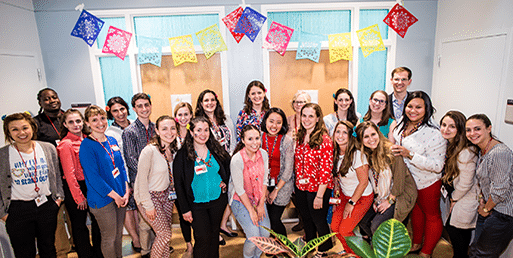

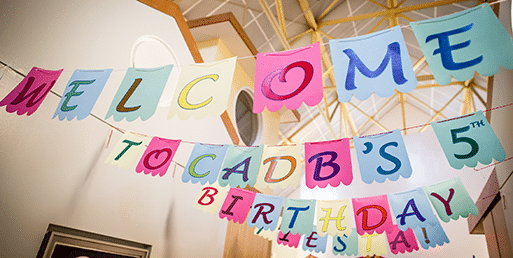
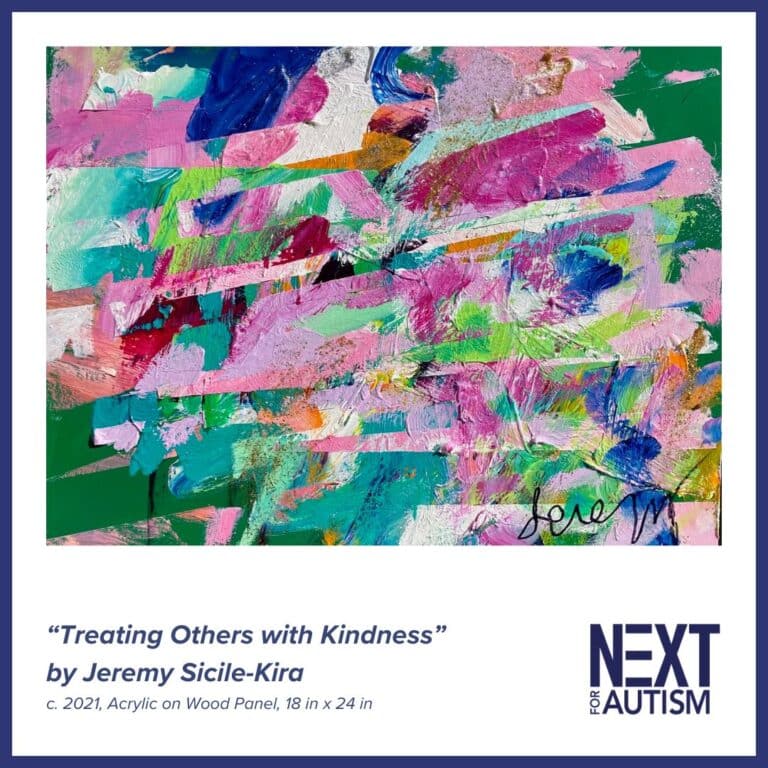

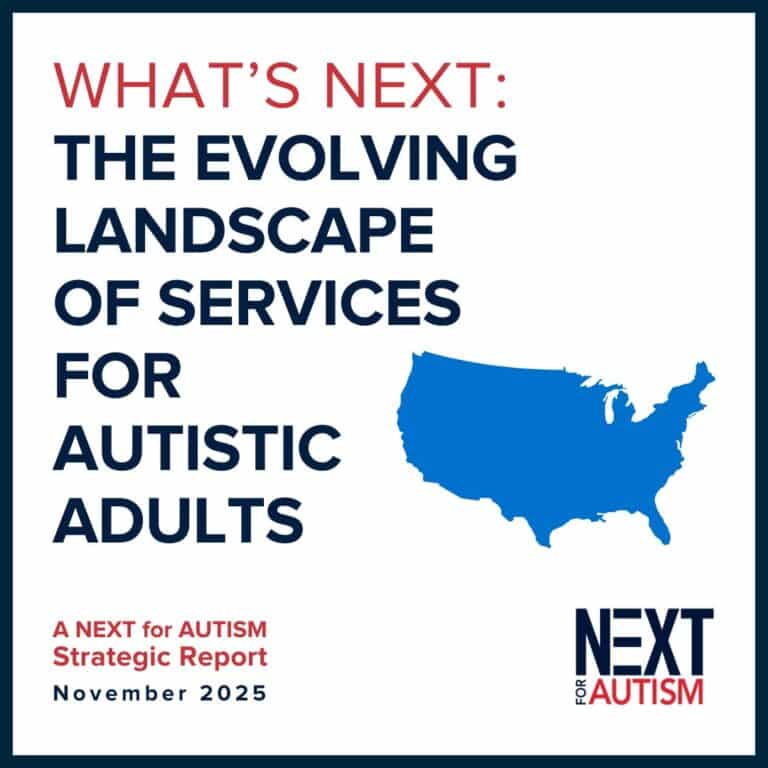


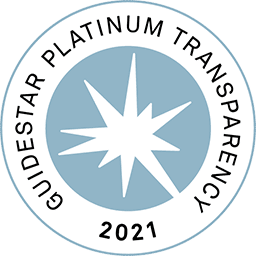
Leave a Reply